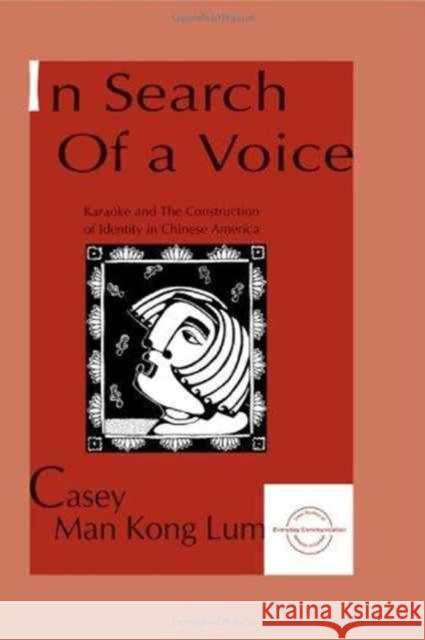in Search of A Voice : Karaoke and the Construction of Identity in Chinese America » książka
in Search of A Voice : Karaoke and the Construction of Identity in Chinese America
ISBN-13: 9780805819113 / Angielski / Twarda / 1996 / 144 str.
in Search of A Voice : Karaoke and the Construction of Identity in Chinese America
ISBN-13: 9780805819113 / Angielski / Twarda / 1996 / 144 str.
(netto: 672,22 VAT: 5%)
Najniższa cena z 30 dni: 654,86
ok. 22 dni roboczych.
Darmowa dostawa!
An analysis of the social origins of karaoke and the dramaturgical characteristics of karaoke events. It visits various karaoke scenes in their natural context, from hotel ballrooms to multi-ethnic, working-class neighbourhoods, especially those of immigrant Chinese.
Originating in Japan early in the 1970s as a simple sing-along technology, karaoke has become a hybrid media form designed to integrate mass-mediated popular music, video images, computer graphics, and the live musical performance of its human users. Not only has karaoke become a multimillion-dollar entertainment industry, its varied uses have also evolved into diverse popular cultural and social practices among many people around the world. Based on a two-year ethnographic study, this book offers a penetrating analysis of how karaoke is used in the expression, maintenance, and (re)construction of social identity as part of the Chinese American experience. It also explores the theoretical implications of interaction between the media audience and karaoke as both an electronic communication technology and a cultural practice.
This book analyzes the social origins of karaoke and the dramaturgical characteristics of karaoke events, and explains how various musical genres are reframed as karaoke music. It also visits the numerous karaoke scenes in their natural context -- the sites of the actual consumption of media products, such as expensive private homes and fancy hotel ballrooms in the affluent suburbs of New Jersey, working-class restaurants and nightclubs in the multiethnic neighborhoods in Flushing, Queens, and Cantonese opera music clubs in New York's Chinatown. Finally, the book offers an intimate analysis of how karaoke has been adopted by several interpretive communities of first-generation Chinese immigrants not only as popular entertainment but also as a means to help (re)define their social identity and way of life.











